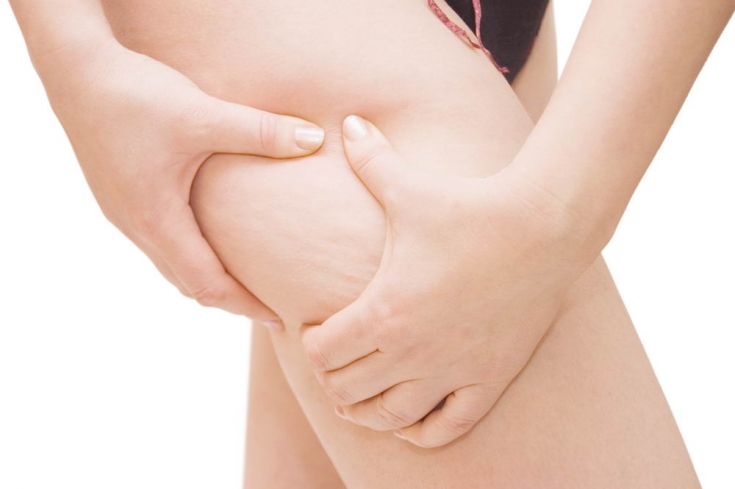In the modern world, for the representatives of the beautiful half of humanity, a well-groomed appearance is of great importance. A beautiful body, healthy skin, no visible figure flaws – business card of every woman. But reality does not always meet the ideals and standards that are now most popular in the beauty industry.
Wanting to change this state of affairs, women turn to cosmetologists and dermatologists for help, and getting rid of cellulite – a problem faced by more than 90% of women around the world – ranks first among all the reasons for visiting specialists in the field of aesthetic medicine.
Read about the key mechanisms of cellulite development on estet-portal.com in this article.
What is cellulite and what causes it
Cellulite – cosmetic defect in the form of uneven deposition of adipose tissue with predominant localization on the abdomen, arms and back of the thigh.
The correct use of the name of this pathological condition is "cellulite"; - is a controversial and controversial issue, many experts prefer the term "lipodystrophy" more.
It is well known that the main cause of cellulite is a violation of the metabolic processes of adipose tissue, which leads to a change in its histological structure and manifests itself in the form of "orange peel".
Causes of cellulite:
• The role of the features of the development of adipose tissue in the appearance of cellulite
• Neurohumoral mechanisms of regulation of lipogenesis and cellulite – where link
Follow us on Telegram.
The role of developmental features of adipose tissue in the appearance of cellulite
Development of adipose tissue during embryogenesis – little-studied issue today. Adipose tissue is a unique structure of the human body, which can be identified from the fourth month of fetal development. This is due to the fact that the number of adipocytes is genetically determined and increases only until the age of five, after which they lose the ability to divide and can only increase in size. It is the size of adipocytes that determines our appearance and body structure.

Neurohumoral mechanisms of regulation of lipogenesis and cellulite – where link
Adipocyte is a structural and functional unit of adipose tissue. To hormones that are lipogenesis stimulators – the process of converting acetyl-coA into fatty acids, and estrogen and prolactin are stimulants of the subsequent synthesis of triglycerides. Interacting with alpha-2 receptors in adipose tissue, these hormones lead to an increase in the functional activity of adipocytes and, as a result, their hypertrophy. To the greatest extent, alpha-2 receptors are located on the abdomen, arms and back of the thigh, which determines the predominant localization of the pathological process.
Adipocyte hypertrophy is the cause of impaired lymphatic fluid outflow, which in turn leads to investment edema and fibrosis of the connective tissue that surrounds groups of adipocytes.
These processes are the cause of the visual appearance of the so-called "orange peel". Thus, it becomes clear why the presence of cellulite is not considered by many experts as a pathology at all, or, at least, does not always indicate any metabolic disorders. But, undoubtedly, cellulite is a big aesthetic problem for every woman, and knowledge of modern effective methods to correct this condition is relevant for dermatologists and cosmetologists. Thank you for staying with estet-portal.com. Read other interesting articles on the site in the "Dermatology" section.
You may also be interested in: How to deal with cellulite:







Add a comment